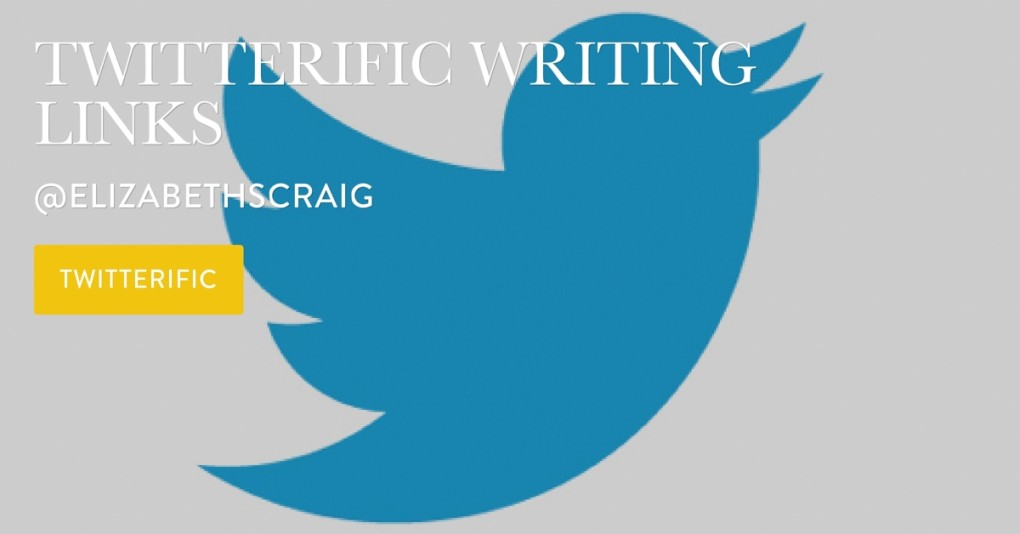
by Elizabeth S. Craig, @elizabethscraig
I work on story subplots two different ways. Sometimes I write them in as I go, including them in the text. Sometimes I write them out separately on a different document and weave them in after I’ve finished the mystery.
This time I’d written in the subplot as I went. But, after finishing the book and reading back through it, I was unhappy with the subplot. It seemed too much of a contrivance to me. Plus, it meant that I was adding in another recurring character when my series already had quite a few.
But there were parts of the subplot that I liked. I was pleased with the way it developed a character in the story. I decided to rework it instead of scrapping it completely.
Here are my tips for reconstructing a story element. There are other approaches, but this was the way I was able to do it without making my head spin too much:
First off, remove (cut) the offending storyline completely. I searched for the character’s name, but you could also reread the draft and cut as you went.
Next, save the cuttings. Paste them into a separate, saved document.
Then reimagine the storyline. Can the character/subplot serve the story in another capacity?
Additional considerations: can you connect this story element in a meaningful way to the main plot? Can it be used to develop a recurring character? Bonus points, if you can. I found a way for the character to impact two separate subplots.
Open a fresh document and save it. Mine was “Subplot Text.” Write out the reimagined storyline, using any bits and pieces from the cut storyline as possible to save time (for instance, I could use the character’s description and some of her dialogue).
Reread your draft. Weave in the storyline as you go, pacing it throughout the story for better impact.
Is it a pain? It is. I haven’t done this in a while (I usually don’t have any major revisions because I’ve gotten very used to my pattern for writing), and it took some time. But I’m pleased with the finished project and I know that I haven’t created a problem for myself with future books.
If you’re not sure exactly what doesn’t work in your story or need more help staying organized with your revisions, I’m linking to some articles that might help.
The Art of Revising: Macro Revision by R.L. LaFevers
Want to Make Revisions Easier? Create an Editorial Map by Janice Hardy
How to Stay Organized During a Revision by Janice Hardy
Decisions: What and How to Revise by Darcy Pattison
Do you ever rework bad ideas into better ones? How do you go about replacing storylines that don’t work?
Photo on Visual hunt





